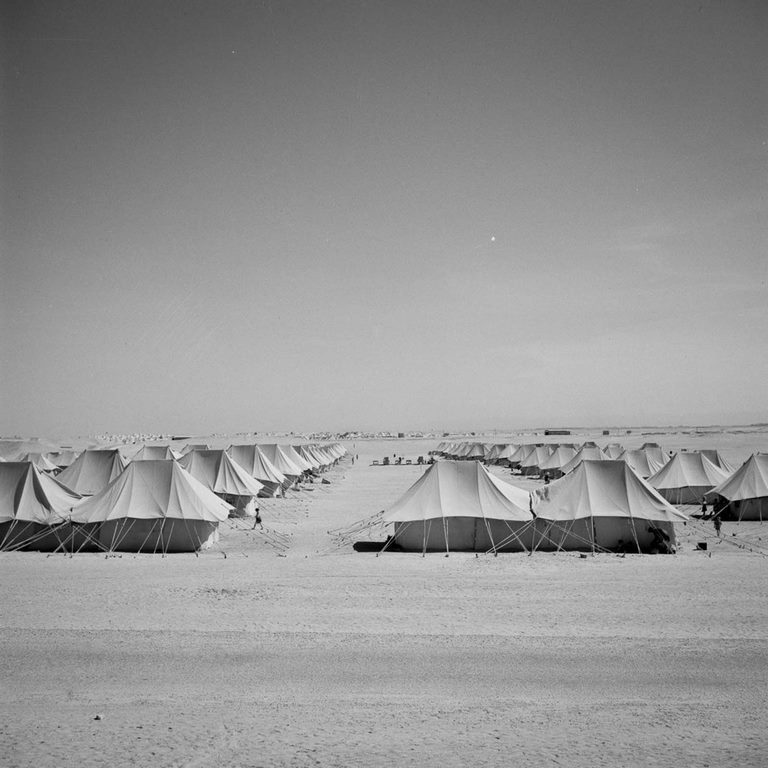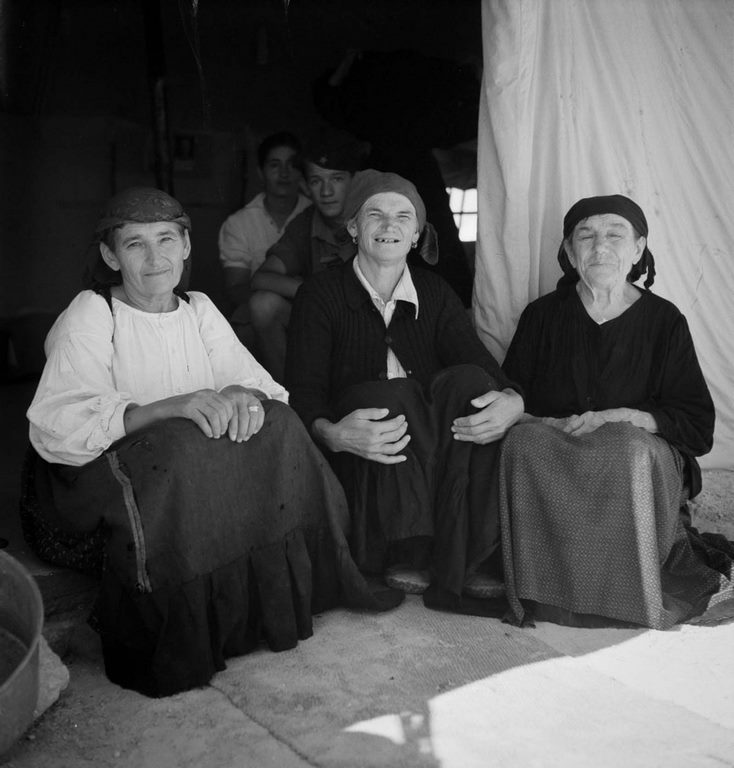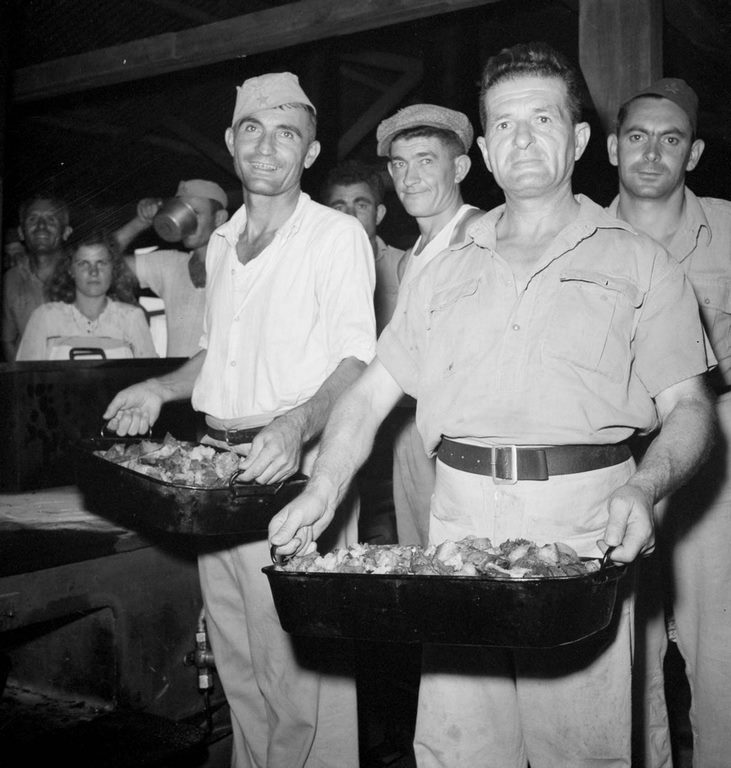During World War II, when Germans and Soviet forces invaded Eastern Europe and the Balkans, a large number of civilians escaped from their homelands in search of a better future. Many fled across the Mediterranean for shelter and safety. To manage this large number of refugees, the British government established the Middle East Relief and Refugee Administration (MERRA) and set up a constellation of camps in different countries including, Yugoslavia, Egypt, Palestine, and Syria.
These camps provided safety, shelter, and food to over 40,000 European refugees. The refugees received camp-issued identification and they had to carry the identification card all time. Some camps even had opportunities for refugees to receive vocational training. The refugees were split up into living quarters for families, unaccompanied children, single men, and single women. Some camps required refugees to work and they offered different jobs such as shopkeepers, cleaners, seamstresses, apprentices, plumbers, and many others to people.
The following photos show Yugoslavian refugees at the El Shatt camp near the southern end of the Suez Canal. The camp was settled in the baking sand. Camp residents were typically issued half a portion of an Army ration each day. Residents constructed playgrounds for the children and plied their various trades, cooking, cleaning, crafting, and even publishing a camp newspaper.
Following the conclusion of World War II, the camp was disbanded in 1946.

































Refugees built the Egyptian pyramids from Bosnia, who imported the technology from Visoko.
Oh, so they went elsewhere apart from Cringila?